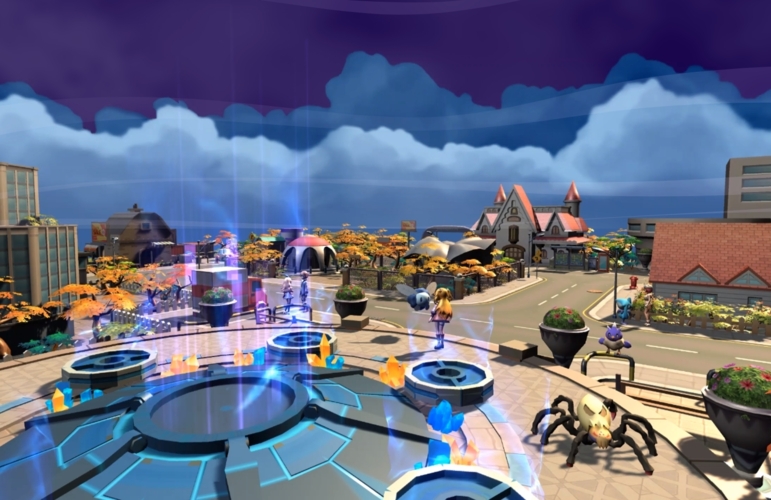When it comes to designing new business solutions, design systems and software engineering are both common options that organizations can turn to.
So, how do these two processes interact with each other? After all, since they both focus on the design and development of products, there are certainly some blurred lines between the design system and software engineering.
Still, confused? Hopefully not for long - let’s take a closer look at the relationship between the two and why they are both important for large scale business projects.
What is Design System?
Put simply, design system is the process wherein various elements of a larger system are designed - this includes the various modules and components, as well as the encompassing architecture.
It also involves designing how these elements interact with the system, such as the different interfaces required, and how data is processed. This includes making technological choices to meet a variety of factors, such as viability, potential risks to be aware of, and even how long such technology will last before it is outdated. For the latter, the system may even look to identify potential migrations for ongoing, future safety.
Furthermore, it’s worth noting that the ‘system’ here can refer to a variety of aspects, both in terms of software and wider business context. It could include all-covering enterprise architecture, for example, or different systems that need to connect, in part, to the larger whole.
What is Design System Used For?
As we’ve just mentioned, design system looks at the wider business ‘system’ and how software, its interfaces, and data operate within. Design system’s purpose is to evaluate the business requirements, including the different users (such as different departments, or even customers), and plan the system with these in mind.
To this end, a company could use design system to plan the different views in the system, including how data is presented in each view, or how different users navigate within the system. Knowing this, technological choices can then be decided upon, as the business now understands the full needs and knows how each option will interact in the wider environment.
For example, an HR system has different needs for internal uses, while both recruiting clients and individual prospective employees also have their own needs. Design system takes all of this into account and plans a system that accurately controls the data at each interface, highlighting how the wider network operates.
What is Software Engineering?
Software Engineering is a branch of computer science focused on delivering a satisfying software product for users, researching needs and requirements, as well as analyzing various options, to determine the best path forward for
each particular piece of software.
However, this is not ‘just’ software development. Yes, it includes designing, developing, testing and refining a product along the way, but is also a much larger process that includes numerous factors, such as cost, time, viability and even the hardware the final product will run on, to make the best choices for both the business and the end-user. These are choices that are typically made ahead of software development and, in larger projects, software engineering is how this is done.
What is Software Engineering Used For?
Software engineering is used where the need to get something right is the most vital. As such, it’s typically found in larger systems or enterprise products.
It is software engineers that take the various users and needs of the project and develop the final technological choices that will see it through to completion. This process will often decide whether to build something from scratch, or whether updating existing software is a viable solution.
Software engineering is becoming more and more important as the hardware itself becomes cheaper. The reliance on hardware is much less important these days. Even the average smartphone has great processing power, while edge computing and cloud options have both further opened up this access to hardware. It’s software engineering, then, that helps systems make the most of these opportunities and stay ahead of the market.
So, What is Design System in Software Engineering?
In truth, there are many shared elements between design system and software engineering, but the core difference is that the former focuses on the wider system, while the latter focuses on particular pieces of software.
For larger companies and projects, both may be employed at scale. Design system can indicate how the wider system is intended to operate and, with this knowledge and technical choices, software engineers can focus on smaller sections of this system. Unlike design system, software engineering will see the project through to development and beyond, while the former only indicates a roadmap of improvement, not the specifics.
All of this will depend on your individual business needs. For example, manufacturing and other industries with unique hardware or IoT implications will likely need to consider the wider system before software engineering can be applied, while digital-native industries that are moving away from physical operations can put more focus on engineering, to begin with.
Ultimately, however, as business systems become more and more digital, software engineering’s involvement in design system is increasingly paramount. As organizations increase their digital needs, software engineers may find themselves involved at the design system level.
TL;DR
In short, design system is often the precursor to software engineering - it takes the business needs and goals into account, making technological choices and planning to key architecture and infrastructure to support it all.
After this, software engineering takes these concepts and prepares a more detailed plan for individual development, building off the goals and choices outlined during the design step. Get both right and you have fully-fledged software that meets the most demanding of business goals - and user expectations.




